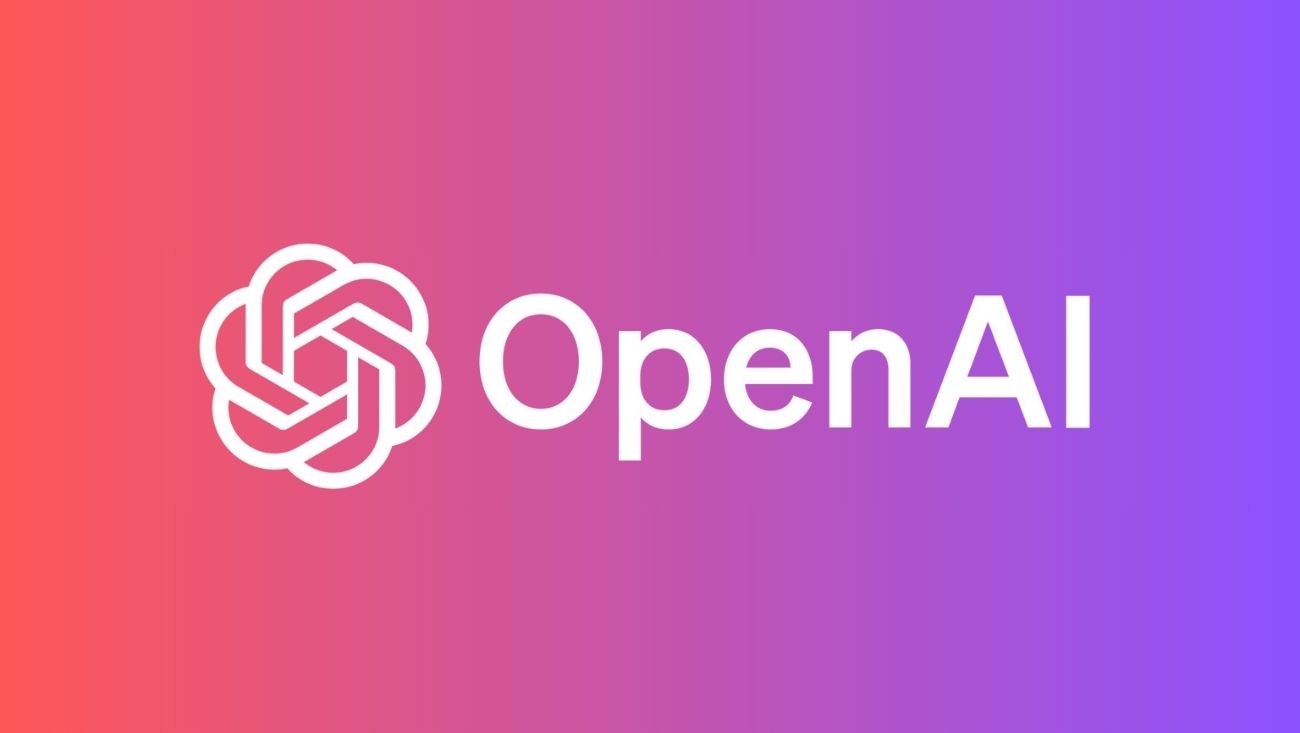OpenAI has announced a new initiative to increase transparency around the safety of its artificial intelligence models, including ChatGPT. The company will now regularly publish detailed results from its safety evaluations, focusing on metrics like hallucination rates and the generation of harmful content, through a dedicated “Safety Evaluations Hub.”
SAN FRANCISCO, CA – In a significant move towards greater openness in the field of artificial intelligence, OpenAI, the research and deployment company behind prominent models like GPT-4, has unveiled its “Safety Evaluations Hub.” This new platform will serve as a public repository for the results of safety tests conducted on OpenAI’s AI models, offering researchers, developers, and the public a clearer insight into their performance against critical safety benchmarks.
The initiative aims to provide detailed information on several key aspects of model behavior. Primarily, OpenAI will be reporting on:
- Model Hallucinations: This refers to the tendency of large language models (LLMs) to generate information that is incorrect, nonsensical, or not grounded in their training data, despite presenting it confidently. The hub will provide metrics on how frequently this occurs.
- Harmful Content Generation: Evaluations will assess how well models adhere to safety guidelines designed to prevent the creation of dangerous, unethical, or inappropriate outputs. This includes content related to self-harm, hate speech, incitement to violence, child sexual abuse material (CSAM), and non-consensual sexual content.
- Capabilities Posing Misuse Risks: The hub will also likely share insights into tests for capabilities that could be exploited for malicious activities, such as generating sophisticated phishing emails, code for malware, or widespread disinformation.
OpenAI has committed to publishing these safety evaluations “more often,” suggesting a regular cadence of updates, particularly with the release of new models and periodic re-evaluations of existing ones. This move comes at a time when the AI industry faces increasing calls for accountability and transparency from both the public and regulatory bodies worldwide. Understanding and mitigating the risks associated with powerful AI is paramount, especially as these technologies become more pervasive. For instance, the challenge of AI bias and misinformation was recently highlighted by controversies surrounding Elon Musk’s Grok AI
The technical challenge of preventing hallucinations and harmful outputs in LLMs is substantial. These models learn from vast datasets, and ensuring they align with human values and factual accuracy requires sophisticated training techniques, reinforcement learning with human feedback (RLHF), and continuous red-teaming efforts. OpenAI’s decision to publicly share evaluation data could provide valuable insights for the broader AI research community and help standardize safety testing methodologies. This type of transparency is crucial as AI systems are being developed for complex tasks, like the AI-powered tools being used in drug discovery.
The Safety Evaluations Hub is expected to detail performance against specific internal benchmarks and potentially against emerging industry standards. While the initial announcement focuses on hallucinations and harmful content, it’s anticipated that the scope of reported evaluations may expand over time to include other safety-critical aspects such as robustness to adversarial attacks, privacy preservation, and fairness across different demographic groups. The need for clear safety protocols is echoed in various tech sectors, including concerns about new AI tools potentially bypassing facial recognition bans.
This initiative can be seen as part of OpenAI’s ongoing efforts to build public trust and demonstrate a commitment to responsible AI development, especially following internal debates and departures related to its safety approach. By providing more granular data on model safety, OpenAI aims to foster a more informed public discourse about the capabilities and limitations of current AI systems. Other companies are also making strides in AI transparency; for example, Google’s Gemini AI is being integrated into various user-facing applications with explanations of its features.
The success of the Safety Evaluations Hub will likely be judged on the comprehensiveness and timeliness of the data, the clarity of the metrics presented, and OpenAI’s demonstrated commitment to addressing any identified shortcomings in its models. This transparency is a vital step, especially as AI continues to evolve at a rapid pace, with new models and capabilities emerging constantly, such as AI that can translate multiple voices simultaneously. For the tech community, access to such data can fuel further research into AI safety and alignment. The broader tech ecosystem is also watching how companies manage AI ethics, as seen in the debates around AI and copyright protection for artists.







